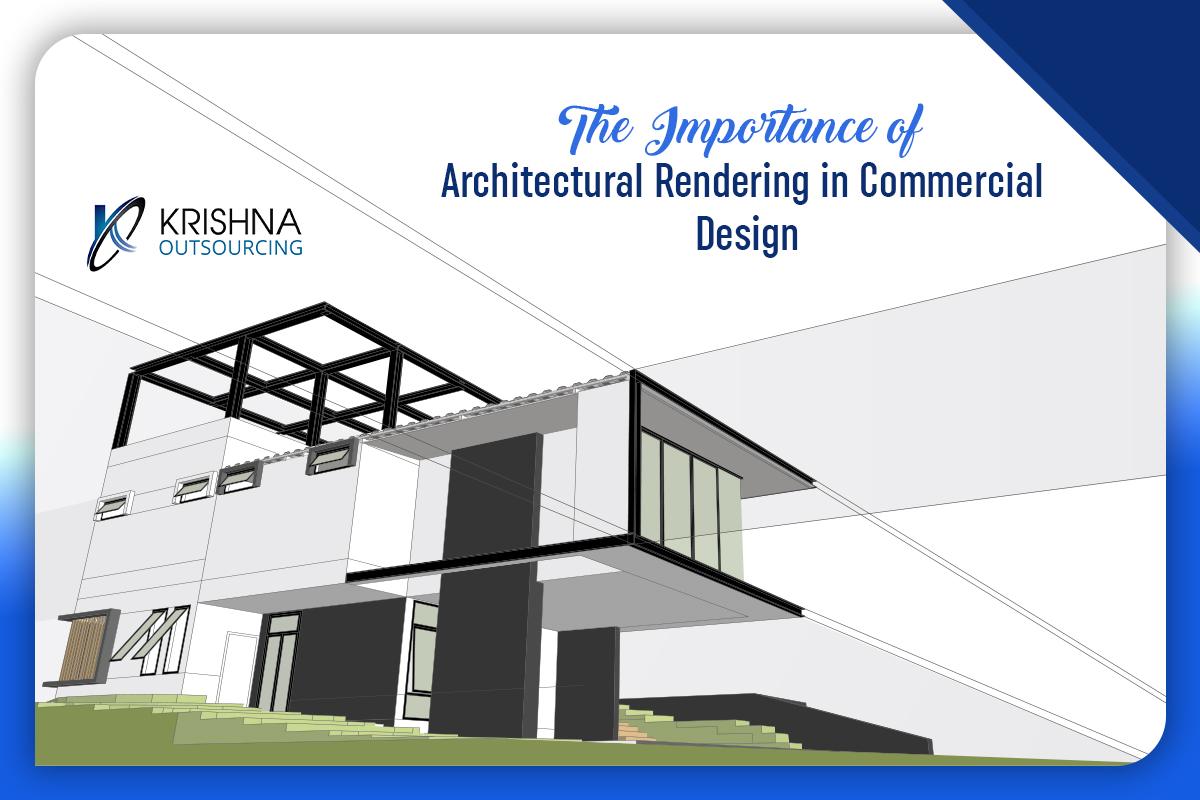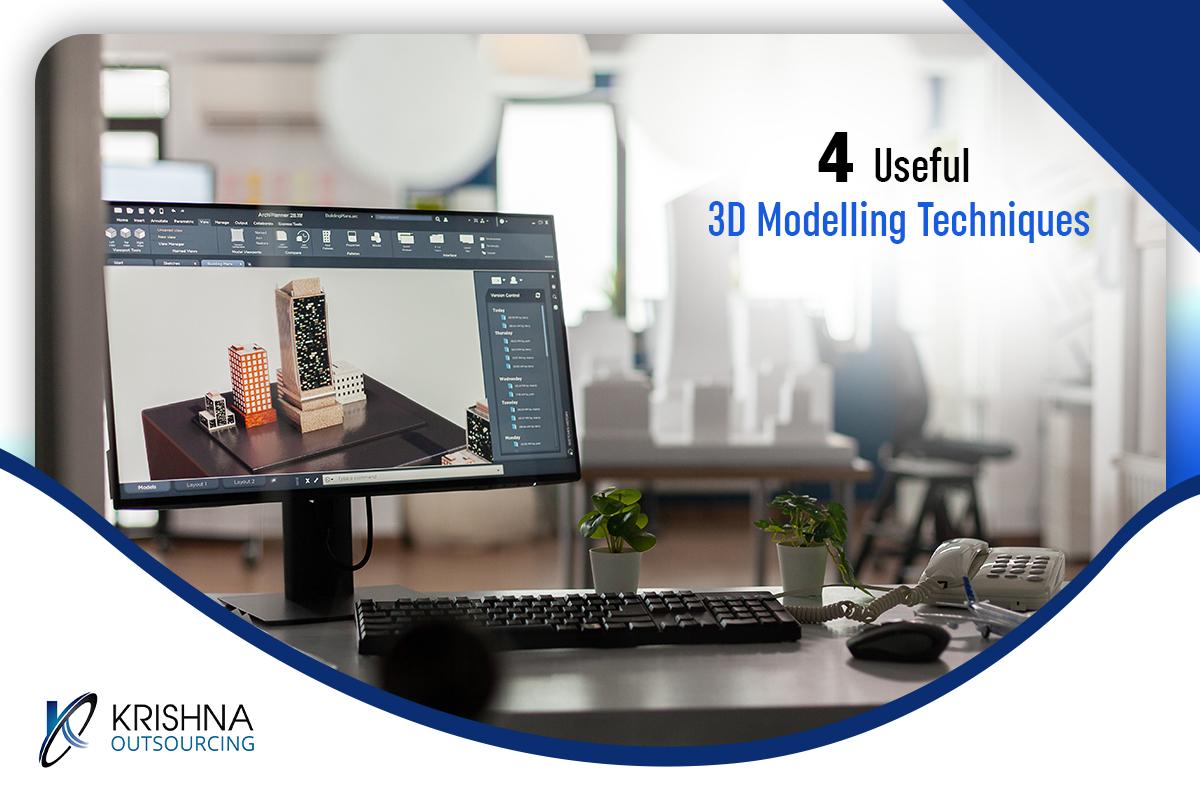If you’re involved in a construction or renovation project that requires HVAC (heating, ventilation, and air conditioning) systems, you might be wondering what type of drawings you should use: traditional blueprints or HVAC shop drawings. Both have their advantages and disadvantages, so it’s important to understand the differences and choose the right option for your project. Let’s take a closer look.
Pros & Cons of HVAC Shop Drawings vs. Traditional Blueprints
Traditional Blueprints:
Traditional blueprints are the standard for construction projects. They’re typically created by architects and engineers and show the overall design and layout of a building. They include information on the location of HVAC systems, but the level of detail can vary depending on the project and the architect’s expertise. In some cases, separate HVAC drawings may be required.
Advantages of Traditional Blueprints:
1. Standard format
As mentioned in the previous section, traditional blueprints are a standardized format that most architects and contractors are familiar with. This can make it easier to communicate and collaborate with various stakeholders on the project.
2. Familiarity
Architects and engineers who have experience creating blueprints can quickly create them, which can help save time and money.
3. Broad overview
Blueprints give a broad overview of the entire building, which can be useful for understanding the overall layout and design.
Disadvantages of Traditional Blueprints:
1. Lack of detail
Blueprints don’t typically provide detailed information about HVAC systems, which can lead to confusion and errors during construction. This can result in delays and additional costs.
2. Difficult to update
Making changes to blueprints can be time-consuming and costly. This is especially true if changes need to be made after construction has begun.
HVAC Shop Drawings:
HVAC shop drawings, on the other hand, are specifically designed to provide detailed information about HVAC systems. They’re created by HVAC contractors and show the layout of ductwork, piping, and other components of the HVAC system. They’re typically created using CAD (computer-aided design) software.
Advantages of HVAC Shop Drawings:
1. Detailed information
HVAC shop drawings provide detailed information about the HVAC system, including the layout of ductwork, piping, and other components. This level of detail can help avoid errors and reduce the risk of delays and additional costs.
2. Easy to update
Changes to shop drawings can be made quickly and easily using CAD software. This can help ensure that the most up-to-date information is available to all stakeholders involved in the project.
3. Customizable
HVAC shop drawings can be customized to meet the specific needs of a project. This can include details such as the type of HVAC system being installed, the materials used, and the overall layout.
Disadvantages of HVAC Shop Drawings:
1. Less familiar format
HVAC shop drawings may be less familiar to architects and contractors who are used to working with traditional blueprints. This can lead to a learning curve and potential communication challenges.
2. Requires specialized expertise
Creating HVAC shop drawings requires specialized knowledge and expertise in HVAC systems and CAD software. This can make it more difficult to find a qualified contractor to create the shop drawings.
Which is Right for Your Project?
Ultimately, the decision between traditional blueprints and HVAC shop drawings depends on the specific needs of your project. For smaller projects or those with less complex HVAC systems, traditional blueprints may be sufficient. However, for larger projects or those with more complex HVAC systems, HVAC shop drawings are likely the better option.
If you decide to use HVAC shop drawings, it’s important to work with a reputable HVAC contractor who has experience creating them. Look for a company that offers HVAC duct shop drawing services or HVAC shop drawing services, and ask to see examples of their previous work.
Conclusion
Both traditional blueprints and HVAC shop drawing services have their advantages and disadvantages. When deciding which option to use for your project, consider the size and complexity of the HVAC system. As well as the expertise of the architects and contractors involved. With the right approach, you can ensure that your HVAC system is installed correctly and efficiently, resulting in a comfortable and functional building.
If you’re searching for an AEC design services provider to help you with your job, look no further. KrishnaOS is a prominent design and engineering firm in India. It has outstanding designers and design concepts. To benefit from our outstanding 3D Rendering Services , call us at +91 8460 220 396 or +1845 445 4108.







